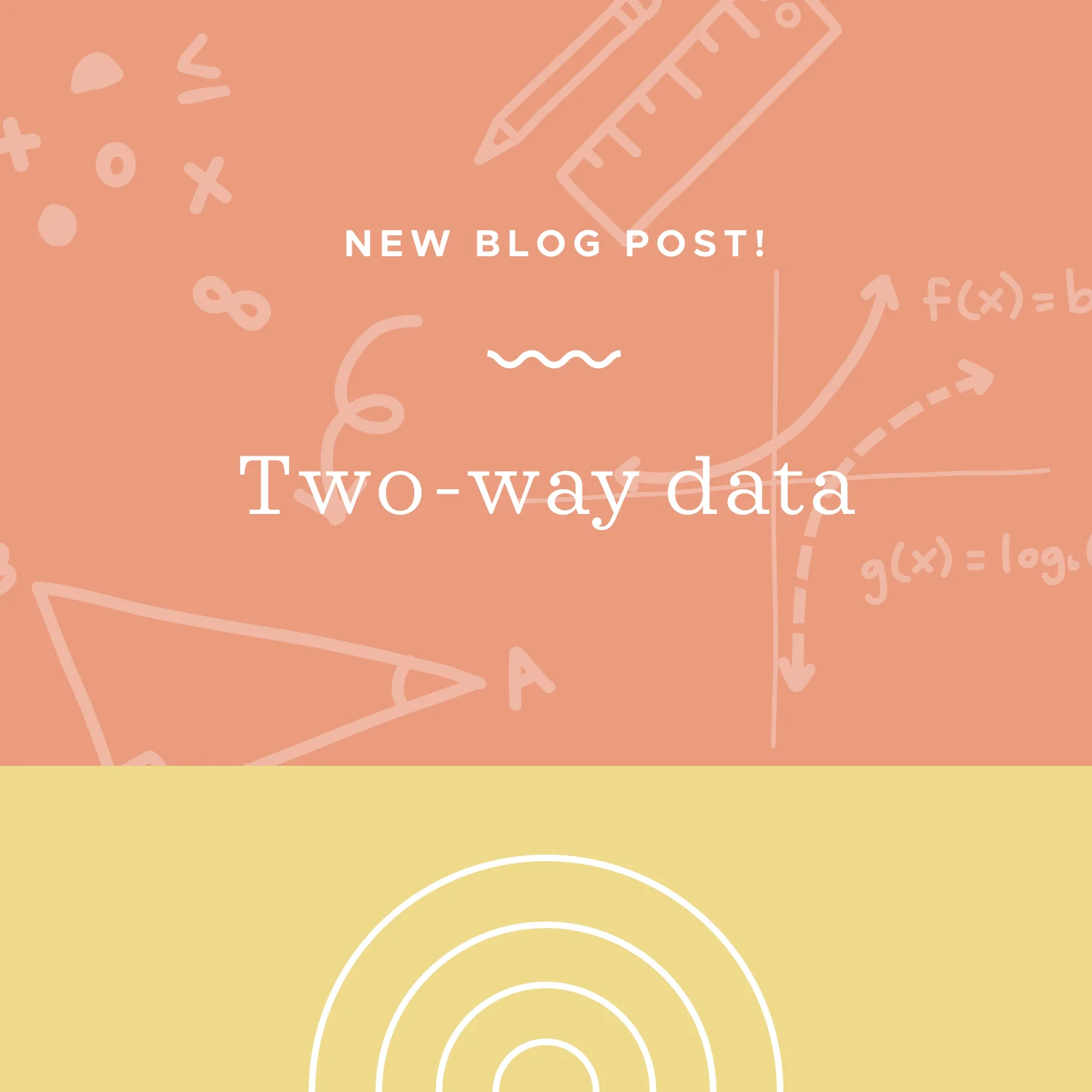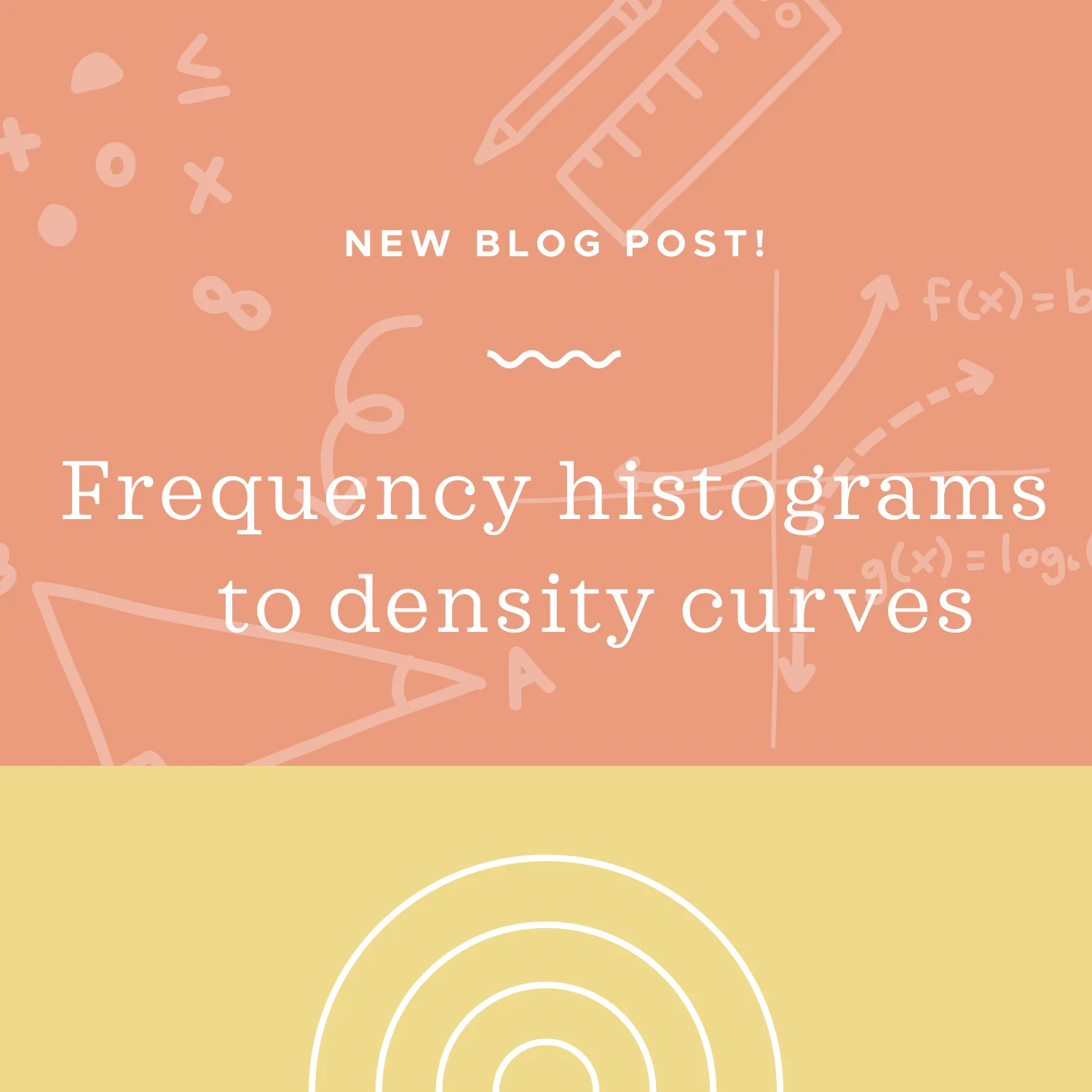Before we can use the formula for the differential, we need to find the partial derivatives of the function with respect to each variable. Then the differential for a multivariable function is given by three separate formulas.
Read MoreIt’s helpful to think about multiples and divisibility as two parts of the same idea. We know that 10 is “divisible” by 5 because when we do the division 10/5, the result 2 is a whole number. It’s the fact that the result is a whole number that proves that 10 is divisible by 5.
Read MoreBar graphs and pie charts can both be used to represent the same set of data. Pie charts will work better for some data sets, but bar graphs will work better for others.
Read MoreSometimes we talk about two-way data in terms of independent variables and dependent variables. In the case of one-way data, we had one independent variable, called the individuals, and one or more dependent variables, called the variables. In the case of two-way data, we have two independent categories on which the variables are dependent.
Read MoreThe first thing we want to learn about second-order homogeneous differential equations is how to find their general solutions. The formula we’ll use for the general solution will depend on the kinds of roots we find for the differential equation.
Read MoreThe derivatives of base-10 logs and natural logs follow a simple derivative formula that we can use to differentiate them. With derivatives of logarithmic functions, it’s always important to apply chain rule and multiply by the derivative of the log’s argument.
Read MoreWhen a problem asks you to find the equation of the tangent line, you’ll always be asked to evaluate at the point where the tangent line intersects the graph. You’ll need to find the derivative, and evaluate at the given point.
Read MoreYou can always evaluate logs using the general log rule, but sometimes, depending on the value of the base and the argument, simplifying the exponential expression can be a little tricky.
Read MoreSometimes it’s easy to forget that there’s a difference between the limit of an infinite series and the sum of an infinite series. They’re two very different things, and we use a different calculation to find each one.
Read MoreA relative frequency histogram is the same as a regular histogram, except that we display the frequency of each category as a percentage of the total of the data. A frequency polygon is a polygon-shaped figure that shows the frequency at which each category occurs in the data set.
Read MoreIn a pair of similar triangles, corresponding sides are proportional and all three angles are congruent. This means if you know two triangles are similar to one another you can use the information to solve for missing parts.
Read MoreThere are three ways to solve systems of linear equations: substitution, elimination, and graphing. Substitution will have you substitute one equation into the other; elimination will have you add or subtract the equations to eliminate a variable; graphing will have you sketch both curves to visually find the points of intersection.
Read MoreThe midsegment in a triangle is a line drawn across the triangle from one side to another, parallel to the side it doesn’t touch. The difference between any other side-splitting segment and a midsegment, is that the midsegment specifically divides the sides it touches exactly in half.
Read MoreA Bernoulli random variable is a special category of binomial random variables. Specifically, with a Bernoulli random variable, we have exactly one trial only (binomial random variables can have multiple trials), and we define “success” as a 1 and “failure” as a 0.
Read MoreBefore we can learn how to determine the convergence or divergence of a geometric series, we have to define a geometric series. Once you determine that you’re working with a geometric series, you can use the geometric series test to determine the convergence or divergence of the series.
Read MoreLike cartesian (or rectangular) coordinates and polar coordinates, cylindrical coordinates are just another way to describe points in three-dimensional space. Cylindrical coordinates are exactly the same as polar coordinates, just in three-dimensional space instead of two-dimensional space.
Read MoreWhen we multiply fractions, we multiply their numerators to find the numerator of the result, and we multiply their denominators to find the denominator of the result. When we divide fractions, we actually turn the division problem into a multiplication problem by turning the divisor upside down and changing the division symbol to a multiplication symbol at the same time.
Read MoreThere are six ways to express an iterated triple integral. While the function inside the integral always stays the same, the order of integration will change, and the limits of integration will change to match the order.
Read MoreIn this lesson we’ll look at the angles formed when a pair of parallel lines is crossed by another line, called a “transversal.” When transversals cross parallel lines, they form angles with special angle relationships.
Read MoreTo find the Laplace transform of a function using a table of Laplace transforms, you’ll need to break the function apart into smaller functions that have matches in your table.
Read More





















